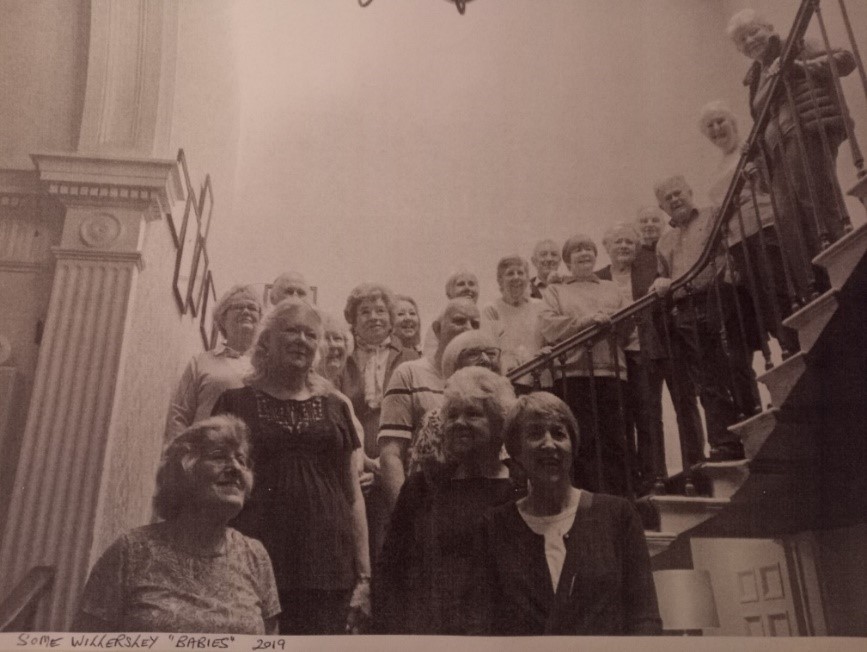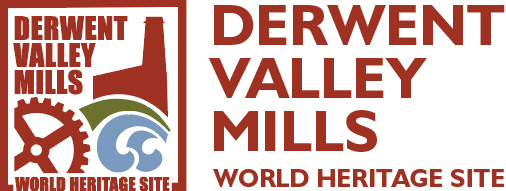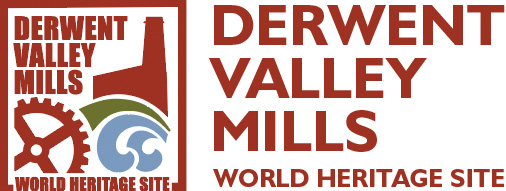The London Mothers Research
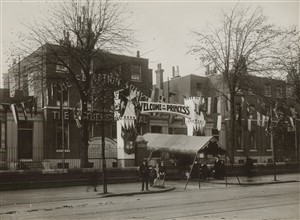
The background to the London Mothers: Research by Heidi Luker
In 2020, when this project began, it was International Year of the Nurse and Midwife, to commemorate the 200th birthday of Florence Nightingale. It was also the 80th anniversary of the start of the Blitz in the Second World War, when daily lives were changed beyond recognition and people suffered deprivation and threat to human life, much as the world has experienced with the COVID-19 Pandemic and lockdown restrictions.
In any crisis or war, women and babies are often the most vulnerable and since the 30th March 2020 many women were forced to give birth without the presence and support of their partner, family or friends. During the Blitz, pregnant women in the East End of London faced the petrifying prospect of giving birth during daily bomb raids. Near the end of 1940, the maternity wing of the Salvation Army’s Mothers Hospital in Clapton, London was bombed. No-one was hurt but it became necessary to move most of the maternity unit to a safer location out of London.
This remarkable event was achieved in only one day, after a call was made by the Ministry of Health to Derbyshire County Council, who immediately made Willersley Castle, Cromford, a designated Government Emergency Maternity Hospitals and organised the evacuation, using trains and buses. From 1940 until 1946 over 4,000 babies were born in the castle who became known as the ‘Willersley Babies’ or the ‘Princes and Princesses of Willersley’.
It was this recent event in the history of Willersley Castle that sparked the interest of local artist Heidi Luker who was commissioned by Derwent Valley Mills World Heritage Site with funding from the National Lottery Heritage Fund and Arts Council England, to produce a performance based on heritage research into Willersley Castle and its impact on the Derwent Valley. The following research gathered from a wide range of sources including personal responses to call outs and Newspaper Archives and recorded conversations, led to her writing, producing and directing a short play, ‘The London Mothers’ in partnership with Derby University.
The Mothers’ Hospital
The Mothers’ Hospital (1912-1986) in Lower Clapton Road, Clapton, London had been set up by the Salvation Army as an expansion of their joint refuge and maternity home for unmarried mothers, Ivy House established in 1881 and was the first establishment of its kind to offer both sanctuary and medical care to unmarried women, who would otherwise be social outcasts. The Salvation Army later decided to include destitute married women during the first world war which led to the Mothers Hospital opening its doors to both married and unmarried women and eventually expanding into The Mothers’ Hospital.

Along with the maternity unit, the Salvation Army decided to transfer its midwife training school to Willersley Castle bringing with it its reputation for “research and innovation in nursing techniques” – Hackney Society. Their new birthing methods had been initiated by their Consultant Obstetrician in residence, Margaret Basden, (FRCOG 1931 – Early Fellow of Royal College of Obstetricians and Gynaecologists. Born 1886-1974) in response to wartime conditions.
‘The heavy bombing in London from 1940 meant that new mothers at The Mothers’ Hospital were made mobile on the second day after delivery, to ensure that transfers to air raid shelters were orderly (also allowing more space due to less beds being taken down). This was contrary to nursing techniques at that time, however it is now considered to be standard practice in modern childbirth.’ http://www.hackneysociety.org Healthcare in Hackney: personal stories and history.
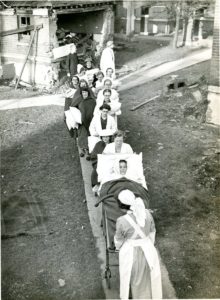
Margaret Basden
Margaret Basden has been recognised as being a pioneer by the Royal College of Obstetricians and Gynaecology for the impact and legacy of introducing immobalisation (being physically mobile after birth) as a birthing procedure and in doing so, transforming modern midwifery.
More Info about Margaret Basden Source: RCOG Heritage Collections Blog – Margaret Basden Pioneers including photos
Margaret stated in her records, ‘It was felt that the patients would feel-happier and less nervous if they were not completely bedridden but knew they could get up and be independent in case of emergency, and we therefore decided from the beginning to allow them to get out of bed for a few minutes the day the baby was born and thereafter to do a little more each day.’
‘From personal experience how smoothly the scheme works, how well the patients stand it, and how striking has been the absence of any confusion or panic.’
‘The patients seemed far better and stronger on their discharge – an important consideration in these times of stress and the ward sisters, who always tend to be conservative in their outlook, were enthusiastic about the good results.’
Whilst many other London hospitals closed, she continued to work at the Mothers’ Hospital during the Second World War, and their patients who chose to were evacuated to Willersley Castle or Bragborough Hall in Northampton. The Hospital remained open partly due to its onsite air raid shelter in which women were encouraged to sing hymns to keep moral up and was capable of accommodating all of its patient’s and nursing staff. Midwives were still however, sent out during air raids to attend births, with a bag strapped to their bicycles and wearing a tin hat.
Legacy to the Derwent Valley
The Willersley Castle Maternity Unit’s Legacy to the Derwent Valley The Mothers’ Hospital led maternity unit in Willersley Castle was so popular with local mothers that when the maternity unit in Willersley Castle was finally closed in 1946, women opposed plans to set up new maternity units in Derby City Hospital with 150 to 200 […]
Find out More
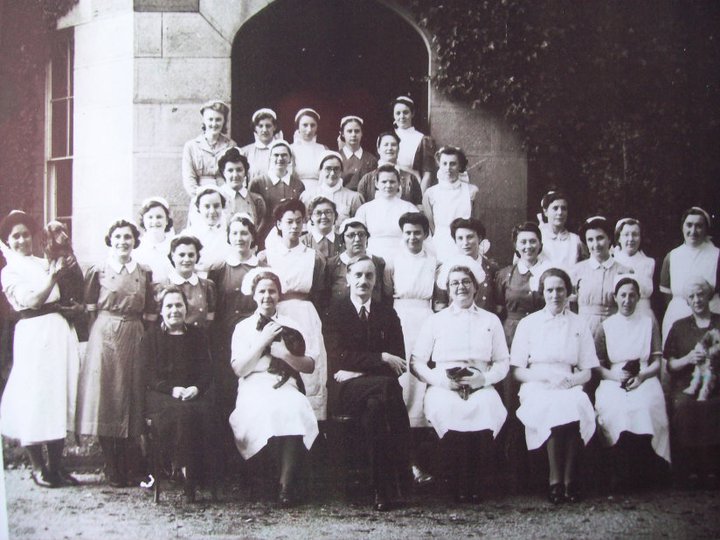
Midwife Training and Duties
Throughout the second world war thousands of young women from all parts of Britain, chose to train as nurses and midwives to help the war effort. For many it meant leaving their hometowns to move to large cities. Barbara Haywood, (nee Pearce) was one of those, who by coincidence was born less than two miles […]
Find out More
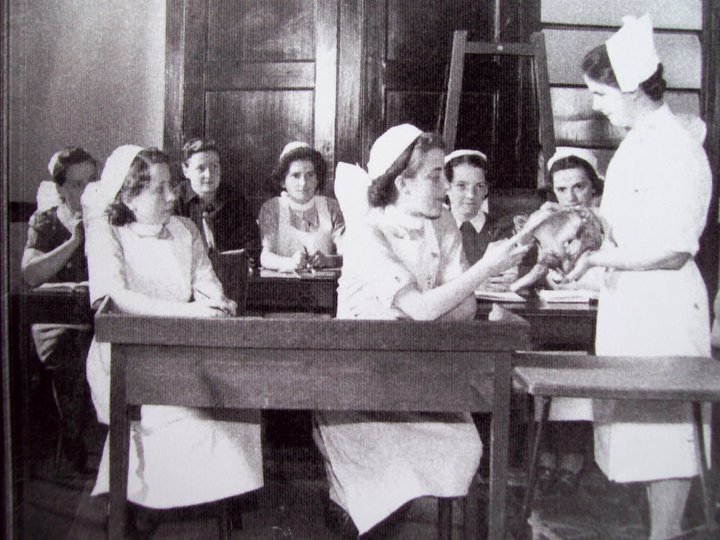
Care and Wellbeing of Mothers
Although mothers were sent to Willersley from all over England, the vast majority were from North East London or local to the area. The expectant mothers living in London were sent to Willersley Castle which had beds for 50 women or to Bragborough Hall, in Northamptonshire, which also served evacuees from St Bartholemews Hospital and […]
Find out More
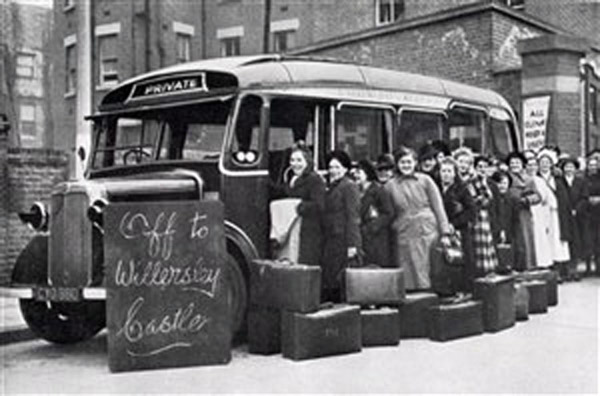
Food & diet for mothers & staff
In Britain during the war, strict food rationing was in place with only a few exceptions. ‘A green ration book issued to pregnant women on the production of a medical certificate entitled them to receive orange juice, cod liver oil, vitamin A and D tablets, an extra pint of milk a day, an extra half […]
Find out More
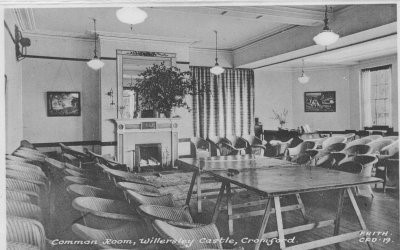
Daily Life in Willersley Castle
In her daily short but detailed letters to her husband, Stan, Alice Springettt also describes how the mothers were given strict bedrest and care until they were considered fit to leave the bed. This seems to vary depending on the supervising staff and how led they were by conventional methods of the day. Two days […]
Find out More
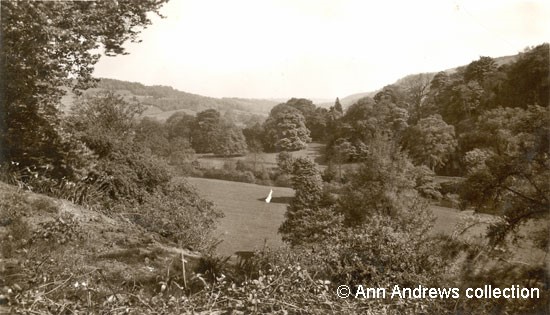
Meet the Willersley Babies
The Willersley Babies – or Princes and Princesses of Willersley Since 2010 there have been annual reunions for those who know they were born in Willersley Castle. The first was organised by Simon Chandler and Tim Rogers from the Hotel, along with The Methodist Guild. Willersley Babies have met and shared stories and items of […]
Find out More
